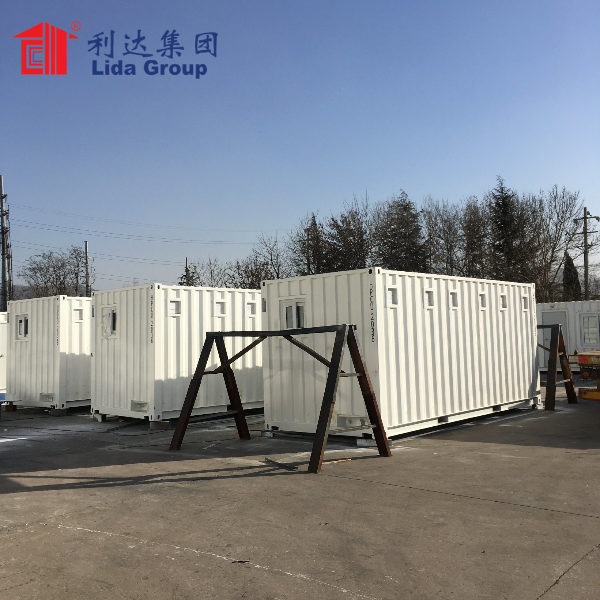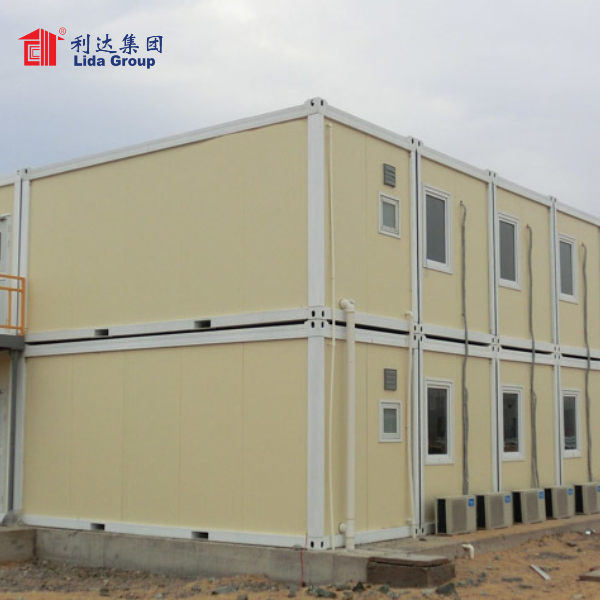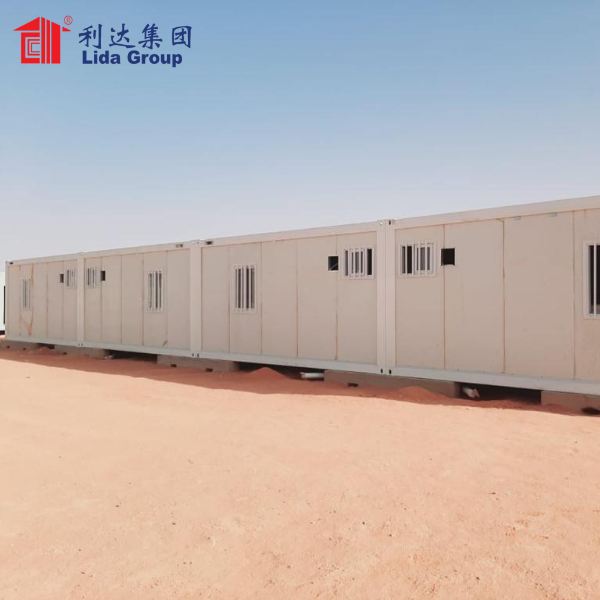Introduction:
In the realm of architectural innovation, Lida Group has emerged as a trailblazer with their modular container buildings. This article explores the concept of Lida Group’s container buildings as modular marvels, examining their advantages, versatility, sustainability, and potential to revolutionize the construction industry. Lida Group’s commitment to modular construction techniques has opened up new possibilities for efficient, cost-effective, and sustainable building solutions.
- The Rise of Modular Construction:
1.1 The Evolution of Building Techniques:
Traditional construction methods have long dominated the industry, but they often suffer from inefficiencies, high costs, and time-consuming processes. Modular construction, on the other hand, offers a revolutionary approach by utilizing prefabricated modules that are manufactured off-site and assembled on-site. This streamlined process not only accelerates construction timelines but also enhances quality control and cost-effectiveness.
1.2 Advantages of Modular Construction:
Modular construction presents numerous advantages over traditional building methods. The controlled factory environment ensures precision and consistency in manufacturing, resulting in high-quality modules. Additionally, the off-site construction minimizes material waste, reduces disruption to the surrounding environment, and enables faster project completion. Lida Group’s container buildings perfectly embody these benefits, making them a preferred choice for a wide range of construction projects.
- Lida Group’s Container Buildings: Versatility and Adaptability:
2.1 Repurposing Shipping Containers:
Lida Group’s container buildings derive their structural framework from repurposed shipping containers. These containers, originally designed for transportation, offer inherent strength, durability, and versatility. By repurposing them, Lida Group transforms these steel structures into functional building blocks that can be easily modified and assembled to create diverse architectural designs.
2.2 Modular Design and Customization:
The modular nature of Lida Group’s container buildings allows for extensive customization. The containers can be combined, stacked, or arranged in various configurations to fulfill different spatial requirements and design visions. From single-story structures to multi-story complexes, the modular design enables architects and developers to create unique and innovative buildings tailored to their specific needs.
2.3 Scalability and Expansion:
Container buildings excel in scalability, offering the flexibility to expand or reduce the structure as required. Additional modules can be seamlessly integrated into existing buildings, allowing for future growth and adaptability. This scalability feature makes container buildings ideal for evolving spaces such as offices, retail establishments, educational institutions, and even residential developments.
2.4 Mobility and Portability:
One of the remarkable advantages of Lida Group’s container buildings is their mobility. The standardized dimensions of shipping containers enable easy transportation, making these structures suitable for temporary or mobile applications. They can be relocated and repurposed in different locations, serving as pop-up shops, disaster relief shelters, event spaces, and more. This mobility factor makes container buildings highly versatile and responsive to changing needs.
- Sustainability and Container Buildings:
3.1 Eco-Friendly Construction Practices:
Lida Group’s container buildings align with sustainable construction practices. By repurposing shipping containers, they reduce the demand for new construction materials and minimize waste. Additionally, the controlled factory environment of modular construction ensures efficient use of resources, optimized energy consumption, and reduced carbon footprint. These eco-friendly practices contribute to a more sustainable and environmentally conscious approach to building.
3.2 Integration of Green Technologies:
Lida Group’s container buildings embrace green technologies to further enhance their sustainability credentials. These technologies include solar panels for renewable energy generation, rainwater harvesting systems for water conservation, and energy-efficient insulation for reduced energy consumption. By incorporating these features, container buildings promote energy efficiency, reduce utility costs, and minimize their impact on the environment.
3.3 Adaptive Reuse and Circular Economy:
Container buildings exemplify the principles of adaptive reuse and the circular economy. By repurposing shipping containers that have fulfilled their original purpose, Lida Group extends their lifespan and prevents them from becoming waste. This approach reduces the demand for new construction materials and contributes to the circular economy by creating a closed-loop system where resources are reused and recycled.
- Overcoming Challenges and Promoting Adoption:
4.1 Perception and Awareness:
Modular construction, including container buildings, still faces challenges regarding public perception and awareness. Many people associate modular construction with temporary or low-quality structures. However, Lida Group’s container buildings defy these misconceptions by showcasing the versatility, durability, and aesthetic possibilities of modular design. By raising awareness and educating the public about the benefits and potential of container buildings, wider acceptance and adoption can be achieved.
4.2 Collaboration and Innovation:
To drive the adoption of container buildings and modular construction, collaboration and innovation are crucial. Lida Group actively engages with architects, engineers, developers, and other industry stakeholders to foster innovation and explore new possibilities. By nurturing collaborations, knowledge sharing, and technological advancements, container buildings can continue to evolve, offering even more sophisticated and sustainable solutions for the construction industry.
4.3 Regulatory Framework and Standards:
As container buildings gain prominence, it becomes essential to establish appropriate regulatory frameworks and buildingstandards that address their unique characteristics. Lida Group advocates for the development of specific guidelines and regulations that account for the modular nature of container buildings. This ensures compliance with safety, structural integrity, and building codes while allowing for the flexibility and adaptability that modular construction offers.
Conclusion:
Lida Group‘s container buildings stand as modular marvels in the construction industry. With their versatility, adaptability, sustainability, and innovative design, these structures redefine traditional notions of building. The modular approach of container buildings offers numerous advantages, including cost-effectiveness, faster construction timelines, customization options, and eco-friendly practices. Lida Group’s commitment to modular construction techniques positions them as leaders in the field, driving the adoption of container buildings as a viable solution for diverse construction projects. As the industry evolves, container buildings are poised to shape the future of architecture, providing efficient, sustainable, and aesthetically pleasing solutions for the built environment.
Post time: Sep-22-2023



